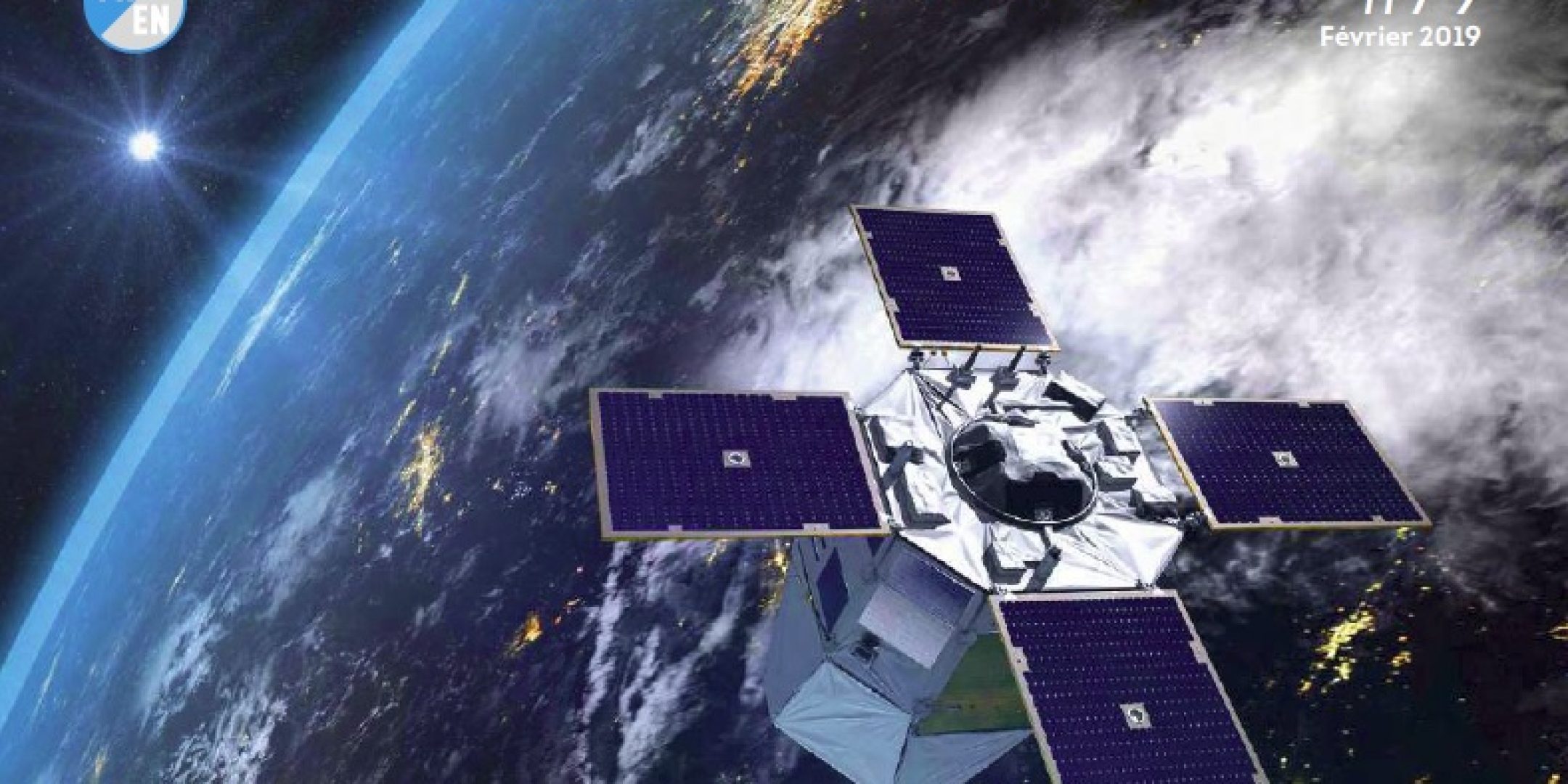The 79th edition of https://fscience-old.originis.fr/wp-content/uploads/2023/06/GLOC_Oslo_Norway_S2_27juillet2022_web-2-1.jpgMAG is dedicated to the theme of defense and the prominent place it holds within the space sector.
Editorial of Jean Yves Le Gall, President of https://fscience-old.originis.fr/wp-content/uploads/2023/06/GLOC_Oslo_Norway_S2_27juillet2022_web-2-1.jpg :
Ever since 4 October 1957, when the world awoke to a beep tone out of the blue, beamed back from Sputnik, space has established itself as a key feature of the military landscape. Only satellites afford the ability to discreetly overfly every country on the planet without transgressing international regulations, to observe, listen and transmit, bringing a fourth space dimension—after land, sea and air—to theatres of operations. That’s why more and more nations are today acquiring military space assets to ‘play with the big boys’, as General Charles de Gaulle once remarked. France is no exception and on 22 February 1986, more than 30 years ago, the launch of SPOT 1, the nation’s first Earth-observation satellite conceived and developed by https://fscience-old.originis.fr/wp-content/uploads/2023/06/GLOC_Oslo_Norway_S2_27juillet2022_web-2-1.jpg, immediately caught the attention of our armed forces. They subsequently decided to invest in their own space-based observation assets and since 1995, the Helios satellites—recently joined by CSO-1, the first of their successors—are our ‘military eyes’. At the same time, the Syracuse programme assures secure communication links to our forces deployed on external operations, and soon the CERES satellites will be boosting our signals intelligence capability. In the final analysis, in response to the all-pervasive influence of the United States, China and Russia, France’s research laboratories, agencies and manufacturers are enabling it to assume a pre-eminent role as one of those ‘big boys’.
To read further, click here.








